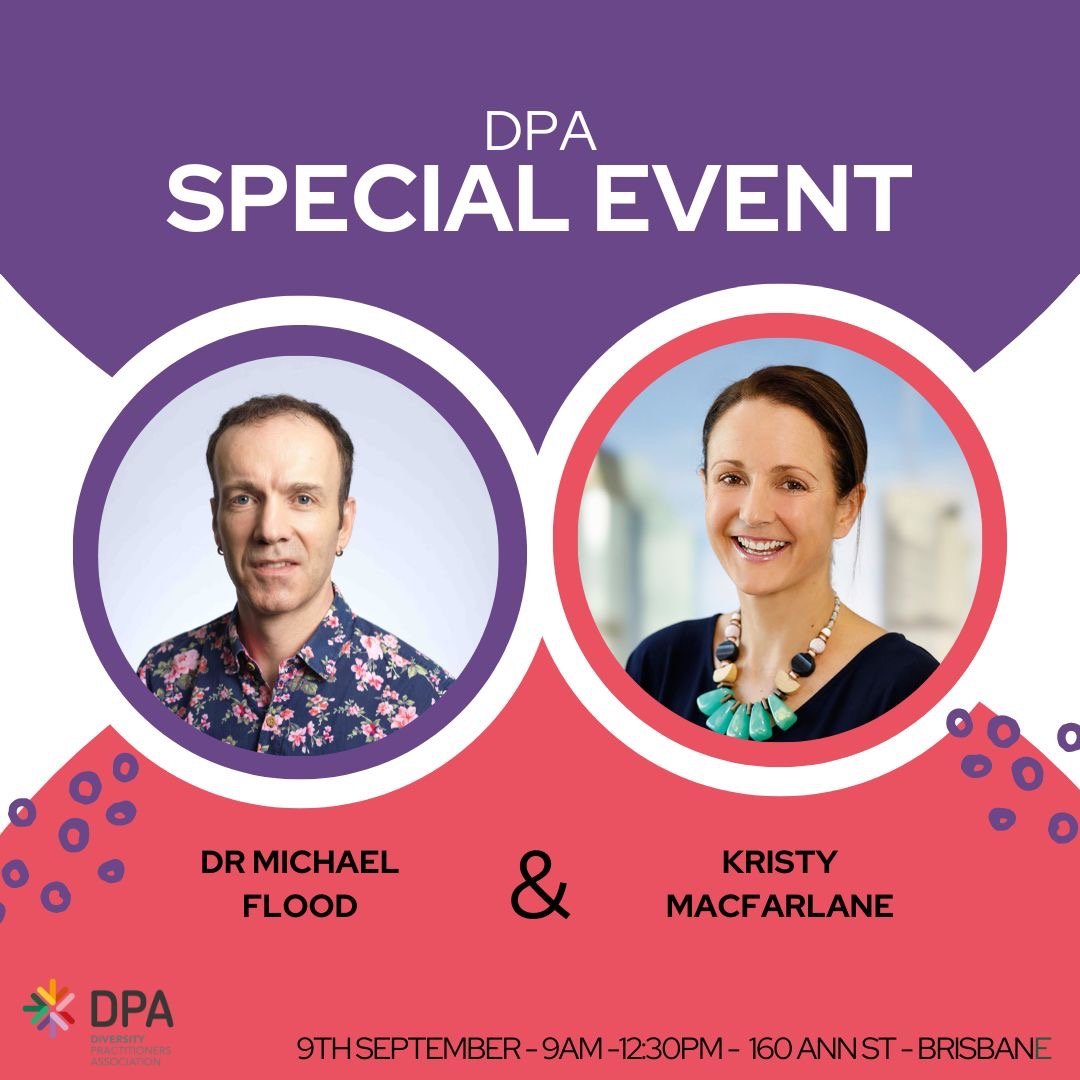Diversity Practitioners Association Blog
2024 in review for the Diversity Practitioner's Association
The President’s roundup on the Diversity Practitioners Associations activity in 2024.
Meet our members: Andrea Westbrook, size-inclusion specialist
In this “meet our members” we talk with Andrea Westbrook, size-inclusion specialist, who we’re excited to host in our May 30 event “body size: the last frontier of diversity, equity and inclusion”.
The future is here: how artificial intelligence will impact diversity, equity, and inclusion.
Artificial intelligence (AI) is solidifying as an early hot-topic for 2023. The introduction of the research release of ChatGPT, an artificial intelligence model that interacts in a conversational way, is giving users first-hand experience of how AI will change learning, work, information gathering, and life as we know it.
In this post we go straight to the source and ask ChatGPT: how will AI impact diversity, equity and inclusion?
2022 in review for the Diversity Practitioners Association
The Diversity Practitioners Associations President’s report on what the association achieved in 2022.
5 factors that set DPA's September workshop apart
On Friday 9 September, DPA is hosting Dr Michael Flood and Kristy Macfarlane to deliver a special half-day workshop exploring essential skills for inclusion practitioners.
We’ve worked toward this event beyond DPA’s core annual offerings because we genuinely believe in the value of this content for practitioners. To give insight into why we’ve called this a “Special Event” we’re sharing 5 reasons that set this workshop apart!
9 examples of diversity and inclusion strategies from Australian organisations
Diversity and inclusion strategies are as varied as the organisations they come from, and so the question for practitioners tasked with developing a strategy is often not just “what’s the best approach?” but “what’s the best approach for this organisation?”. This article shares 9 examples to complement our event on Contemporary D&I Strategy.
Meet our members: introducing DPA's new President, Emma Elder
In our new meet our members series, we learn more about Diversity Practitioners Association members: where they found their passion, what they’re most proud of and their special areas of interest. To kick the series off, we introduce DPA’s long-time member and new President, Emma Elder.
2021 in review for the Diversity Practitioners Association
I’m glad to reflect on DPA’s activity in 2021 as my final ‘official’ duty as DPA’s president. I hope you enjoy reflecting with me on the year that was for our Association.
Andrea
Diversity Practitioners Association Notice of AGM
The Annual General Meeting of the Diversity Practitioners Association will be held on Tuesday 7 December 2021, 4:00pm at the Community Meeting Room (ground floor) of Brisbane City Council Brisbane Square Library, 266 George St, Brisbane.
2020 in review for the Diversity Practitioners Association
None of us quite could have imagined what 2020 would bring when we elected the Diversity Practitioners Association committee in December last year. In my 2020 Presidents report, I’m reflecting on the year that was for the DPA.
- Andrea
Harmony, resilience and the power of food
Bilge Ozgun reflects on resilience and the power of food in Harmony Week.
2019 in review for the DPA
The Diversity Practitioners Association’s final event for 2019 is our Annual General Meeting where we summarised the year’s event and elected our new committee. Below is a copy of my President’s report: it was an absolute joy to reflect on the conversations and connections that made it a great year for our Association. I hope you enjoy the read! - Andrea
The importance of supporting smooth parental leave transitions
Taking parental leave is a huge milestone for many people. Every person’s story is different, and even if we set aside the important and sometimes complex stories about conception, adoption, surrogacy, pregnancy health, and so on, the challenges around parental leave itself can be vast…
What D&I practitioners can learn from NASA’s uniform blunder
NASA made headlines this week after a lack of uniforms meant cancelling their first all-female spacewalk. In this post we explore what their blunder can teach us closer to home.
You Little Ripper!
Have you seen the new Meat and Livestock Association advertisement yet? Chances are, if you haven’t you’re in the minority (much like diversity groups coincidentally). The ad that is not-so-secretly about good ol’ Aussie Day has been causing quite a stir.
The struggle with shifting the status quo
The comment left me gobsmacked. Here was a business who has 1) been actively progressing the diversity and inclusion agenda for years, 2) has a variety of award-winning initiatives 3) have leaders actively driving the D&I agenda and for all of these reasons are 4) widely recognised as an industry leader. The overwhelming thought that rang out in my mind was this: if the best in the business are still getting push back at nearly every turn, what hope is there for those of us still laying foundations?
















